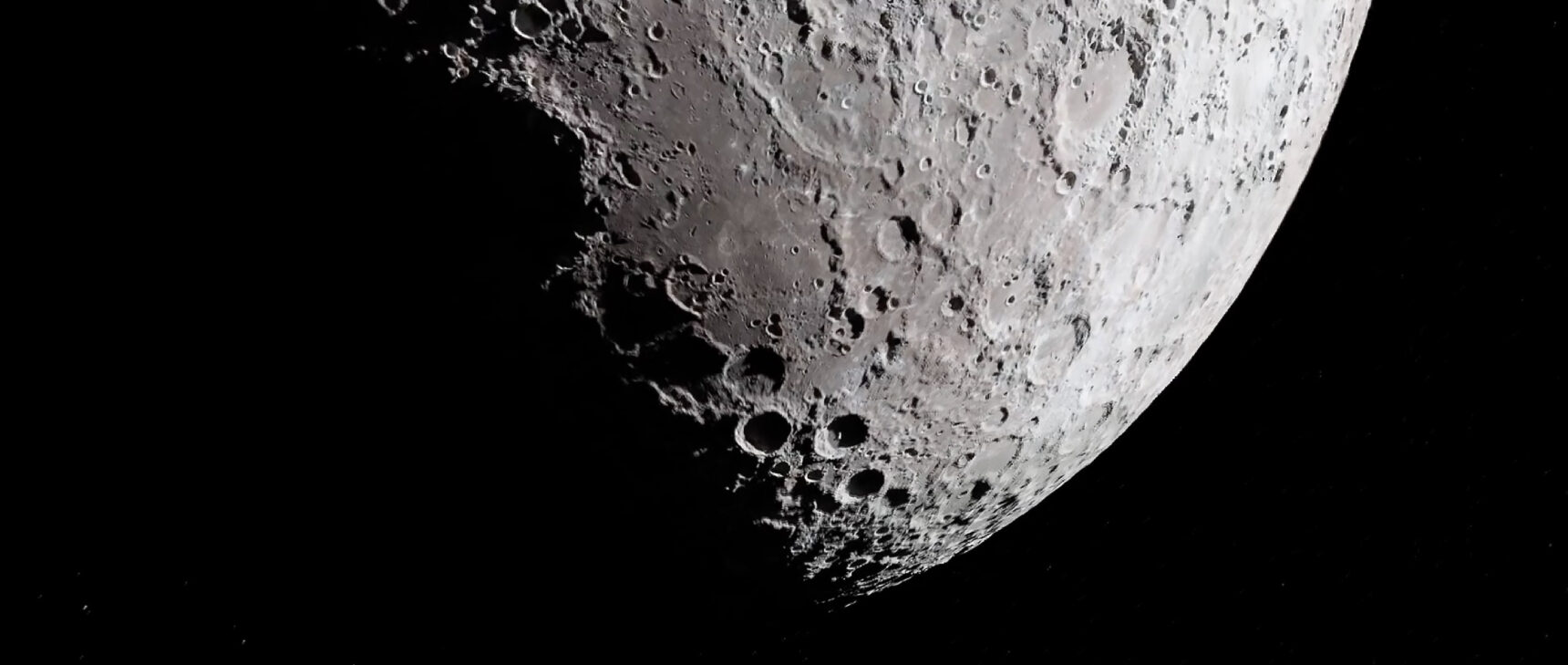Mathematicians Coax Fluid Equations Into Nonphysical Solutions

A vortex ring was used to prove the new result.
Jennifer Idol/Stocktrek Images/Science Source
Introduction
For nearly two centuries, all kinds of researchers interested in how fluids flow have turned to the Navier-Stokes equations. But mathematicians still harbor basic questions about them. Foremost among them: How well do the equations adhere to reality?
A new paper set to appear in the Annals of Mathematics has chipped away at that question, proving that a once-promising class of solutions can contain physics-defying contradictions. The advance is another step toward understanding the discrepancy between Navier-Stokes and the physical world — a mystery that underlies one of math’s most famous open problems.
“It’s very impressive,” said Isabelle Gallagher, a mathematician at the École Normale Supérieure in Paris and Université Paris Cité. “I mean, it’s the first time you really have [these] solutions which are not unique.”
Fluids are inherently difficult to describe, as their constituent molecules don’t move as one. To account for this, the Navier-Stokes equations describe a fluid using “velocity fields” that specify a speed and direction for each point in 3D space. The equations describe how a starting velocity field evolves over time.
The big question that mathematicians want to answer: Will the Navier-Stokes equations always work, for any starting velocity field into the arbitrarily distant future? The issue is considered so important that the Clay Mathematics Institute made it the subject of one of their famed Millennium Prize Problems, each of which carries a $1 million bounty.
In particular, mathematicians wonder whether a solution that starts out smooth — meaning its velocity fields don’t change abruptly from one nearby point to another — will always remain smooth. It’s possible that after a while, sharp spikes that represent infinite speed might pop up. This outcome, which mathematicians call blow-up, would deviate from the behavior of a real-life fluid. To claim the $1 million prize, a mathematician would have to either prove that blow-up will never happen, or find an example where it does.
Even if the equations can blow up, perhaps not all is lost. A secondary question is whether a blown-up fluid will always keep flowing in a well-defined, predictable way. More precisely: Is there only a single solution to the Navier-Stokes equations, no matter the initial conditions?
This feature, called uniqueness, is the subject of the new paper by Dallas Albritton and Elia Bruè of the Institute for Advanced Study and Maria Colombo of the Swiss Federal Institute of Technology Lausanne.
The non-quantum world works in this way. The laws of physics determine how a system evolves from one moment to the next, with no room for guesswork or randomness. If the Navier-Stokes equations can really describe real-life fluids, their solutions should obey the same rules. “If you don’t have uniqueness, then the model is [probably] incomplete,” said Vladimír Šverák, a professor at the University of Minnesota who was Albritton’s doctoral adviser. “It’s simply not possible to describe fluids by the Navier-Stokes equations as people had thought.”
In 1934, the mathematician Jean Leray discovered a novel class of solutions. These solutions could blow up, but just a little bit. (Technically, parts of the velocity field become infinite, but the fluid’s total energy remains finite.) Leray was able to prove that his non-smooth solutions can go on indefinitely. If these solutions are also unique, then they could help make sense of what happens after blow-up.
The new paper, however, has discouraging news. The three authors show that a single Leray starting point can be consistent with two very different outcomes, meaning their tether to reality is weaker than researchers hoped for.
Mathematicians suspected this about Leray solutions, and the last several years saw a steady accumulation of evidence. The new result “was somehow the cherry on top,” said Vlad Vicol, a professor at New York University’s Courant Institute.
Albritton, Bruè and Colombo entered the picture in the fall of 2020 when they joined a study group at IAS. The purpose of the group was to read two papers the mathematician Misha Vishik had posted online in 2018. While the most sought-after answers are about the Navier-Stokes equations in three-dimensional space, two-dimensional versions of the equations also exist. Vishik had proved that non-uniqueness occurs in a modified version of these 2D equations.
Yet two years after Vishik posted the papers, the details of his work were still hard to understand. The seven-person study group met regularly for about six months to work through the papers. “With all of us contributing, we were able to see what was going on,” said Albritton.
Vishik’s proof used an external force. In a real-world setting, a force might be due to splashing, wind, or anything else with the ability to change a fluid’s trajectory. But Vishik’s force was a mathematical construct. It wasn’t smooth, and didn’t represent any particular physical process.
With that force in place, Vishik had been able to find two distinct solutions to the two-dimensional equations. His solutions were based off of a vortex-like flow.
“It’s essentially creating a fluid flow that’s just swirling you around,” said Albritton.
Albritton and Colombo — later joined by Bruè — realized they could use Vishik’s vortex as the foundation for two distinct solutions in three dimensions as well.
“The strategy is actually very innovative,” said Vicol, who advised Albritton during the latter’s postdoctoral fellowship at NYU.
To prove non-uniqueness, the three authors constructed a doughnut-shaped “vortex ring” solution to the three-dimensional equations. At first, their fluid is completely still, but a force propels it into motion. This force, like Vishik’s, is not smooth, ensuring that the vortex ring will not be smooth either. As the fluid gains momentum, it flows along the vortices, circling through the doughnut hole and back up around the outside.
The authors then showed that this vortex ring solution can degenerate into a different solution.
The effect was something like dropping a stone into a lake. Typically, you’ll see a few waves that dissipate after a short time. Those waves show up in the Navier-Stokes equations as a “perturbation” added to the velocity field. You can play with the size of that perturbation by dropping the stone more or less gently; if you drop it very carefully from a point close to the surface, it might barely affect the lake at all.
But if you drop a stone into the flow that Albritton, Bruè and Colombo created, the perturbation will never disappear. Even if you drop the stone from effectively zero height, that vanishingly tiny disturbance would grow into something much more formidable. That creates a second distinct solution from the same initial conditions.
“You have one solution, and instead of making a finite disturbance, you make an infinitesimally small disturbance,” said Albritton. “And then, instantly the solutions are driven apart.”
The new paper does not definitively settle whether Leray solutions are unique. Its conclusions rely on an external force crafted specifically to make non-uniqueness occur. Mathematicians would prefer to avoid the addition of a force altogether and prove that some set of initial conditions leads to non-uniqueness without any outside influence. That question is now perhaps a stone’s throw closer to being answered.
Editor’s note: Dallas Albritton has received funding from the Simons Foundation, which also funds this editorially independent magazine.



